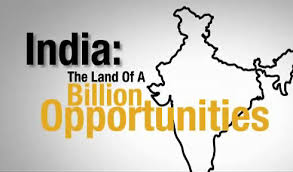This weekend showed how much the west looks at the world through the prism of Europe and America – with the focus very much on the G7 meeting.
There was little or no western media coverage or political analysis of another important meeting over this last weekend – the Shanghai Cooperation Organisation, which has 8 members, representing 42 per cent of the world’s population, 22 per cent of the land area and 20 per cent of the GDP.
SCO focuses on political, economic, security and cultural cooperation among members – China, Russia, India, Kazakhstan, Kyrgystan, Tajikistan, Uzbekistan and Pakistan.
Unlike the friction of the G7 (pictured below), this meeting was a real opportunity for one-on-one discussions between leaders such as India’s Prime Minister Modi and China’s President Xi, who met on multiple occasions.
India is a new member of SCO and was very much focused on regional connectivity projects to boost trade among members of the SCO countries. India has been strongly pushing for connectivity projects like the Chabahar port project in Iran and the over-7,200 km long International North-South Transport Corridor to gain access to resource-rich Central Asian countries.
Prime Minister Modi and Chinese President Xi were also expected to discuss the economic ties between the two countries over the two days. India has been asking China to open its IT and pharmaceutical sectors to address the trade deficit which climbed to over $51 billion last year.
Outcomes of this meeting will be important for countries like Australia and Indonesia – but in Australia, at least, it seems SCO is not on the radar while the goings on at the G7 gain all the attention. Time to change our prism?


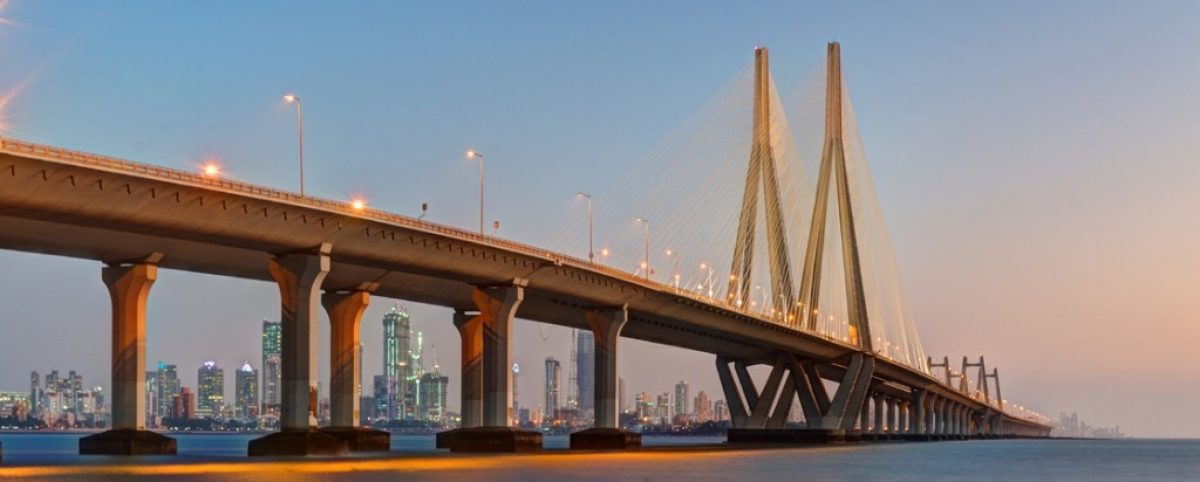

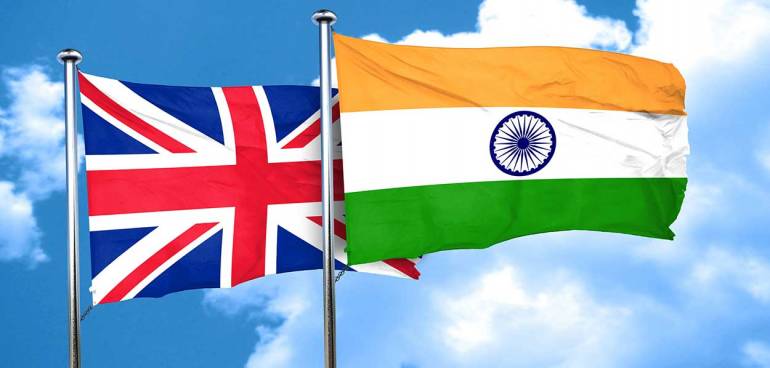
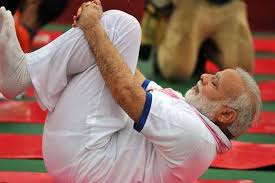


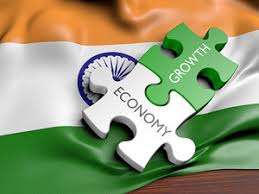


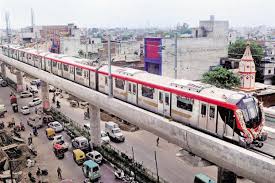


 India retains the tag of the fastest growing country among the world’s major emerging economies, Ayhan Kose, Director of the Development Prospects Group at the World Bank, told PTI.
India retains the tag of the fastest growing country among the world’s major emerging economies, Ayhan Kose, Director of the Development Prospects Group at the World Bank, told PTI.



